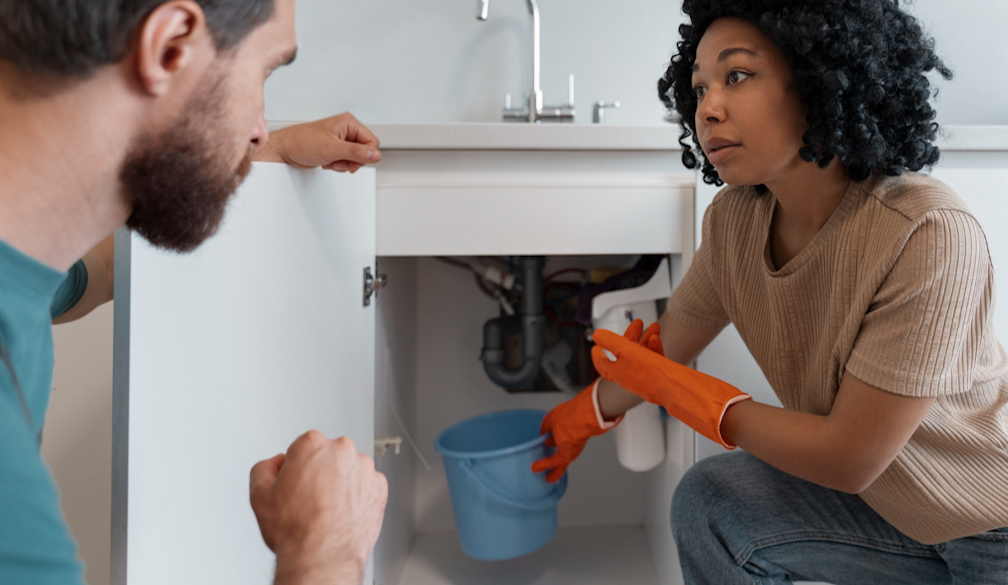Tackling Common Plumbing Problems: Easy Solutions for Everyday Issues

Plumbing problems are inevitable in any household. From clogged drains to leaky faucets and running toilets, these issues can disrupt daily routines and cause frustration. But, the good news is that many common plumbing problems have simple solutions that you can tackle yourself without the need for professional help.
In this blog post, we'll address some frequently encountered plumbing problems and provide easy-to-follow solutions to help you keep your plumbing in top shape. All you need is to click here for a plumber in the Inner West of Sydney.
-
Clogged Drains:
One of the most common plumbing problems homeowners face is a clogged drain. Whether it's in the kitchen sink, bathroom sink, or shower, a clogged drain can lead to slow drainage or standing water, making it difficult to use the affected fixture.
Solution:
- Begin by removing any visible debris or hair from the drain using a pair of gloves or a tool like a drain snake.
- Next, pour boiling water down the drain to help loosen and flush away any remaining buildup.
- If the clog persists, try using a mixture of baking soda and vinegar. Pour half a cup of baking soda down the drain, followed by half a cup of vinegar. Let it sit for 10-15 minutes, then flush with hot water.
- For stubborn clogs, consider using a chemical drain cleaner, but be sure to follow the manufacturer's instructions carefully and use caution to avoid damaging your pipes.
-
Leaky Faucets:
A leaky faucet not only wastes water but can also drive up your water bill if left unaddressed. Fortunately, fixing a leaky faucet is often a simple DIY task that requires minimal time and effort. To avoid leaky faucets, the quick thing you can do is to click here for a plumber in the Inner West of Sydney.
Solution:
- Start by turning off the water supply to the affected faucet. This is usually done by locating the shut-off valve under the sink.
- Once the water supply is turned off, disassemble the faucet by removing the handle and any other components necessary to access the cartridge or O-ring.
- Inspect the cartridge and O-ring for signs of wear or damage. If either component is worn out, replace it with a new one.
- Reassemble the faucet, making sure all components are properly aligned and tightened.
-
Running Toilets:
A running toilet is not only annoying but can also waste a significant amount of water over time. Fortunately, the cause of a running toilet is often easy to identify and fix.
Solution:
- Remove the lid from the toilet tank and inspect the flapper valve. The flapper valve is responsible for sealing the flush valve and preventing water from continuously flowing into the toilet bowl.
- If the flapper valve is worn out or damaged, replace it with a new one. Flapper valves are inexpensive and can be found at most hardware stores.
- Check the chain connecting the flapper valve to the flush handle. If the chain is too long or tangled, it may prevent the flapper valve from sealing properly. Adjust the chain as needed to ensure smooth operation.
-
Low Water Pressure:
Low water pressure can make everyday tasks like showering or washing dishes feel like a chore. Fortunately, resolving low water pressure issues often involves simple troubleshooting steps that you can do yourself.
Solution:
- Start by checking the aerator on your faucet or showerhead. Over time, mineral deposits can build up and clog the aerator, restricting water flow. Remove the aerator and soak it in vinegar overnight to dissolve any buildup. Rinse it thoroughly before reinstalling.
- If cleaning the aerator doesn't improve water pressure, check for any leaks or blockages in your plumbing system. Inspect exposed pipes for signs of leaks, and check for any obstructions in the pipes, such as debris or sediment.
- Another common cause of low water pressure is a faulty pressure regulator. This device regulates the water pressure coming into your home from the main water supply.
-
Water Heater Issues:
A malfunctioning water heater can disrupt your daily routine and leave you without hot water when you need it most. Fortunately, many water heater issues have simple solutions that you can try before calling a plumber.
Solution:
- If you're experiencing a lack of hot water, start by checking the temperature setting on your water heater. It's possible that the temperature setting has been adjusted too low. Increase the temperature setting and wait a few hours to see if the water heats up.
- If you have a gas water heater, make sure the pilot light is lit. If the pilot light is out, follow the manufacturer's instructions to relight it.
- Sediment buildup can also affect the performance of your water heater. Drain the tank periodically to remove sediment buildup and improve efficiency.
In addition to addressing plumbing problems as they arise, it's also important to practice preventive maintenance to keep your plumbing system in good condition. This includes regularly cleaning drains, inspecting faucets and toilets for leaks, and scheduling professional plumbing inspections as needed.

